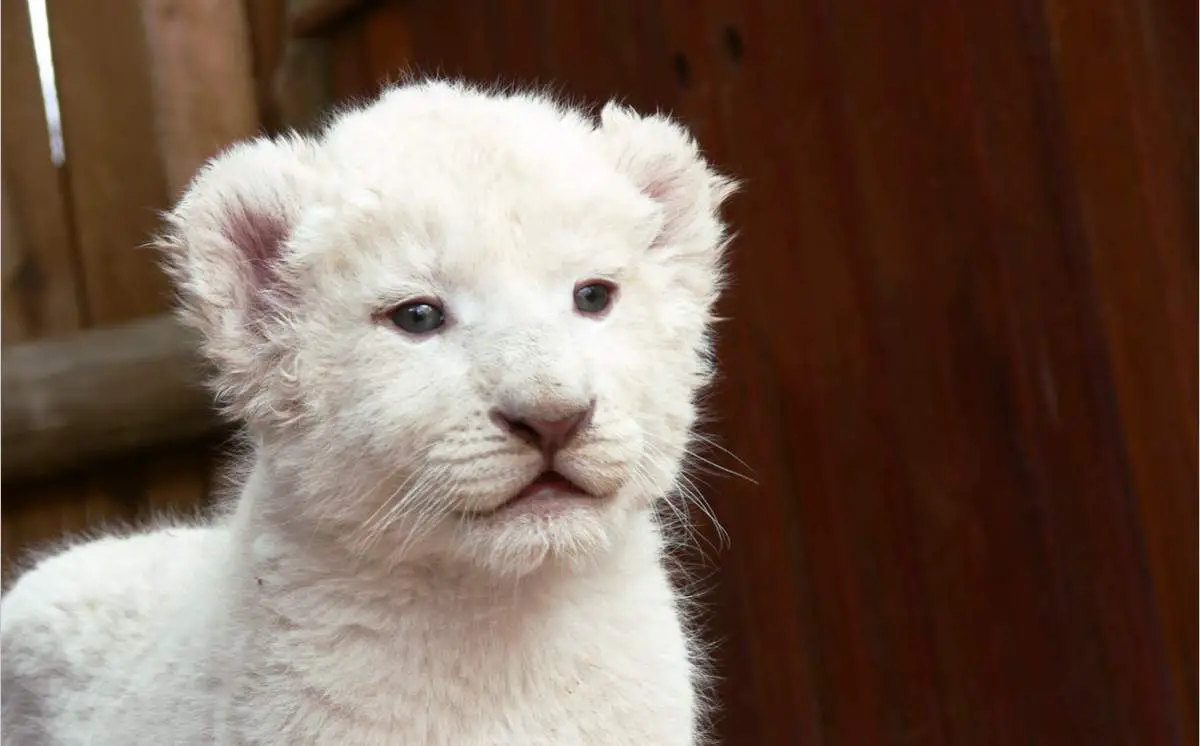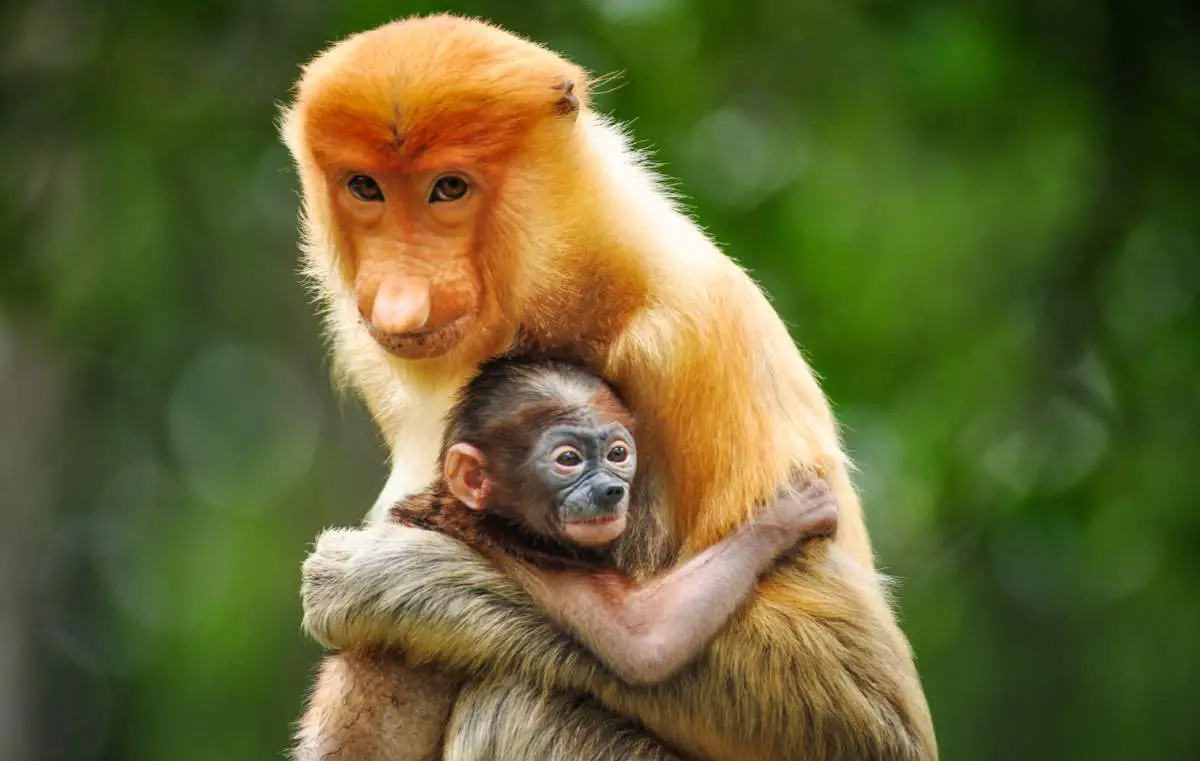43% of Americans would be more likely to donate to an endangered animal if it was cute, according to a study titled “Selective Sympathy: Comparing Sentiment Toward the Appearance of Endangered Species” published by African Wildlife Foundation (AWF). A team at AWF has surveyed 1k Americans on how much they know about wildlife conservation, and how much they’re willing to open their wallets to help endangered animals. Here’s what they found.
- 43% of Americans say they are more inclined to donate to the conservation efforts of an endangered animal they think is cute.
- Although 43% prefer to donate to cute animals, 87% of Americans say it’s unfair to only support the conservation of cute critters.
- 100% of respondents self-reported that they would donate to conservation efforts.
- The average amount people donate to wildlife conservation is $50.
- 98% of Americans support conversion efforts for endangered animals.
- Even among Americans who didn’t support conservation efforts for endangered species (2%), a vast majority (nearly 89%) recognized the role human activity played in the habitat loss of many animals.
- When asked if they felt people selectively choose endangered animals to support based on their appearance, roughly 82% of Americans believed the general public actively supported cute animals over those that weren’t as cute or beautiful. Nearly two-thirds said they believed celebrities and wildlife organizations did the same.
African Wildlife Foundation’s mission is to ensure wildlife and wild lands thrive in modern Africa. Support the African Wildlife Foundation

Endangered Species
As of 2017, The IUCN (International Union for Conservation of Nature, the world’s main authority on the conservation status of species) counted more than 25,000 threatened species of animals and organisms as of 2017. The IUCN Red List of Threatened Species (also known as the IUCN Red List or Red Data List), founded in 1964, is the world’s most comprehensive inventory of the global conservation status of biological species.
Species become endangered for two main reasons:
- Loss of habitat. This can occur naturally. For example, around 66 million years ago, an asteroid or comet at least 10 kilometers (6 miles) in diameter impacted a few miles from the present-day town of Chicxulub in Mexico, and the non-avian dinosaurs (and also a wide range of other species) became extinct. But, today, humans are the main reason for most of the habitat losses.
- Loss of genetic variation. Genetic variation (or genetic diversity) is the diversity found within a species. It serves as a way for populations to adapt to changing environments. With more variation, it is more likely that some individuals in a population will possess variations of alleles that are suited for the environment. Usually, the greater the population of a species, the greater its genetic variation. Like the loss of habitat, loss of genetic variation can occur naturally. For example, cheetahs have very little genetic variation. Biologists say that during the last ice age, cheetahs went through a long period of inbreeding. As a result, there are very few genetic differences between cheetahs. Today, the cheetah is an endangered animal and included in the IUCN Red List. But, human activity can also lead to a loss of genetic variation. For example, overhunting and overfishing have reduced the populations of many animals, which means there are fewer breeding pairs.

Sources
- African Wildlife Foundation (AWF) official page
- Study: “Selective Sympathy – Comparing Comparing Sentiment Toward the Appearance of Endangered Species” on awf.org
- IUCN Red List on Wikipedia
- The IUCN Red List of Threatened Species official webpage
- Endangered Species on National Geographic Encyclopedia
- Space Shuttle Endeavour’s Touchdown Meets Columbia’s Salute [An amazing photo from the past] - February 29, 2024
- Moon Landings: All-Time List [1966-2024] - February 23, 2024
- From Orbit to Ordinary: 10 Earthly Applications of Space Technology - January 23, 2024

